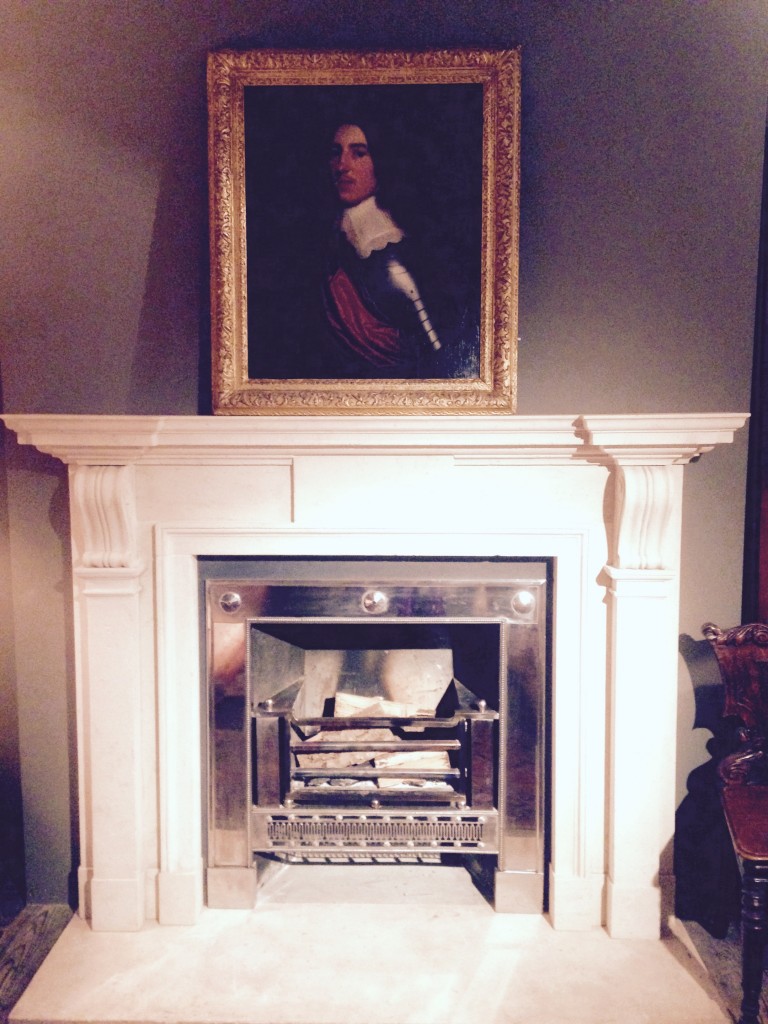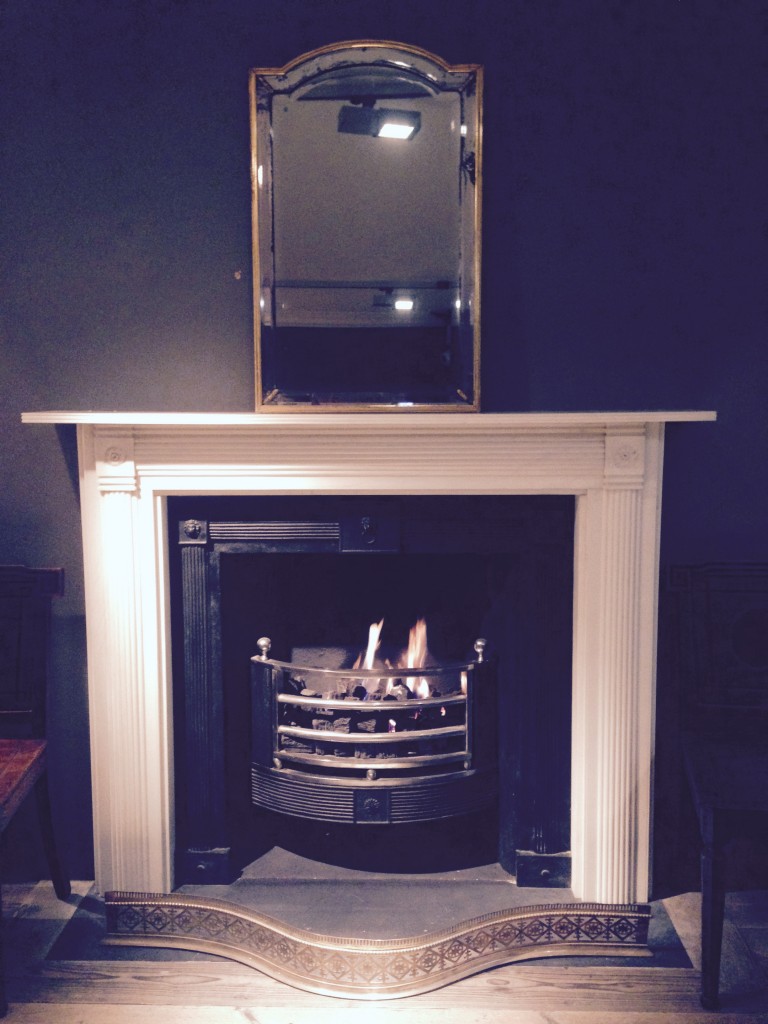The choosing of a fire grate is often considered a secondary decision when buying a chimneypiece or fireplace. Choosing the correct handcrafted accessories for your fire surround is just as important as the mantel itself. You may have heard of register fire grates, fire baskets, andirons, fire dogs and swans nests….. but what do they all mean? How do you choose? Let me explain….
Historically there are many routes to choose from. It depends on what ‘look’ you want to go for and how formal you want to be. You may want a simple fire surround with a very ornate fire basket, you may want a more rustic feel or to be historically accurate. There are a myriad of choices and the team at Jamb can help you to make the right decision.
To understand the design and purpose of each fire implement a good place to start is to understand the history of the fire.
Fire dogs, also known as Andirons are the oldest fire implement design dating back to the Iron age. Simple U shaped horizontal metal bars with a curved end that were designed to be both decorative and yet practical . Often made from simple wrought iron they raised the timber off the ground to allow the air to circulate whilst the ash fell onto the hearth. Very simple but effective. In wealthier homes the firedogs were used to display family crests or other emblems adorned with silver or brass. All of our collections are based on antiques that I have purchased over the years and here you can see the originals with our forged steel large Linton fire dogs.









